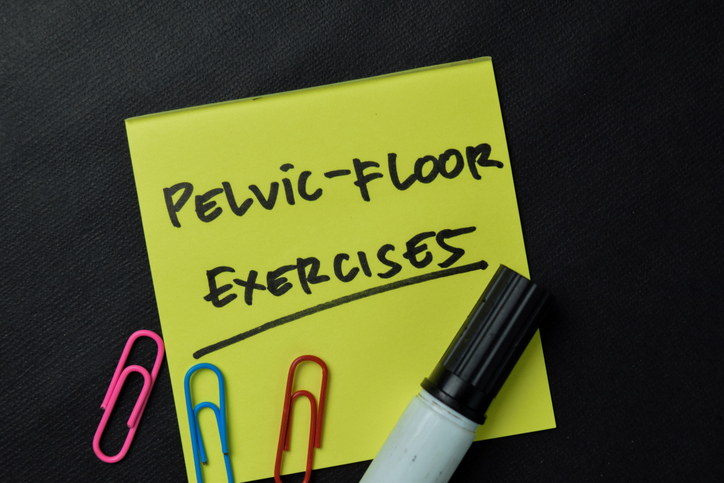What Are Kegels, and Why Should I Do Them?
Over time our pelvic muscles can weaken, and that can mean problems for your bladder, so here is some help.

Kegel exercises (also called “pelvic floor exercises”) strengthen your pelvic floor muscles.
Pelvic floor exercises are a crucial part of both men’s and women’s daily exercise routines. These muscles are critical for supporting a range of pelvic organs including your bowel, bladder, and reproductive system.
Strengthening your pelvic floor helps you get on top of potential health problems later down the line, like bowel or bladder leakage, risk of organ prolapse or decrease in intimate sensation.
Kegels don’t just help keep them “fit” – they can help you avoid embarrassing accidents, like bladder leakage and passing wind – or even stools – by accident.
When they’re working like they should, your pelvic floor muscles may never cross your mind. But over time, as we age, these muscles can start to weaken.
This puts us at risk for a condition doctors call “pelvic organ prolapse” which basically means your pelvic organs start to droop.
They can start to fall into or out of your vagina. Sometimes, if you’ve had a hysterectomy, your vaginal tissues can start to come out of your body, too.
Risk factors for prolapse
Some of these may be obvious, but a few may surprise you.
- Pregnancy
- Giving birth through the vagina
- Surgery in the pelvic area (C-section or hysterectomy)
- Genetics
- Frequent coughing, laughing, or sneezing (it pushes on the pelvic organs)
How do I do them?
A Kegel is basically a pelvic floor contraction, achieved by squeezing and lifting the pelvic floor muscles. Try to tighten the muscles around your anus and vagina and lift them upwards towards your navel.
Imagine you are trying to stop wind or hold in the contents of your bladder. Can you do it? If you find yourself squeezing your legs together, or tensing your buttocks, this is a sign you haven’t located the correct muscles, and may need some assistance.
You could try sitting on the toilet and trying to pee. Once urine starts to flow, squeeze your pelvic muscles to hold it in. You should feel the muscles inside your vagina “lift.” You just did one Kegel. Relax the muscle and do it again.
But don’t get into the habit of doing them while you pee. You can actually cause other problems, like urinary tract infections.
You can do these exercises standing, sitting or lying down and another way to do this is to imagine you are sitting on a marble and tighten your pelvic muscles as if you’re lifting the marble. Squeeze and aim to suck up your muscles towards your belly button.
Start slowly. Try squeezing your pelvic floor muscles for 5 seconds, then release and relax for 5 seconds. Do this 10 times in a row. That’s one set.
If you can’t do 10, do as many as you can and build up over time. Try to work up to one set of 10 Kegels two to three times a day.
Best to make them a part of your daily routine while you’re brushing your teeth, eating dinner, or watching TV.
If you are still not sure there are plenty of useful videos online or on the NHS website under urinary incontinence.
How long before I see results?
Most women who do Kegels regularly see results (such as reduced urine leakage) within a few weeks or months. If you’re still concerned about your prolapse or don’t feel your symptoms are getting better, talk to your doctor.
Helpful information
It is something that many women experience whether through pregnancy or later in life at Menopause and, as you would expect, having good hormone balance, will also play a part.
You may need help with some extra progesterone or oestrogen and it will depend on whether you have bladder weakness or more severe condition such as vaginal atrophy.
Using progesterone at night may help reduce the need to urinate and allow for more uninterrupted sleep. Many women find oestrogen vaginally can help improve bladder and urinary tract issues.
Also, did you realise that your diet can also play an important part in bladder issues? If you are suffering from too frequent trips to the bathroom, then here’s an article that can be helpful
https://anna.blog.wellsprings-health.com/food-and-drink-to-help-an-overactive-bladder/


















